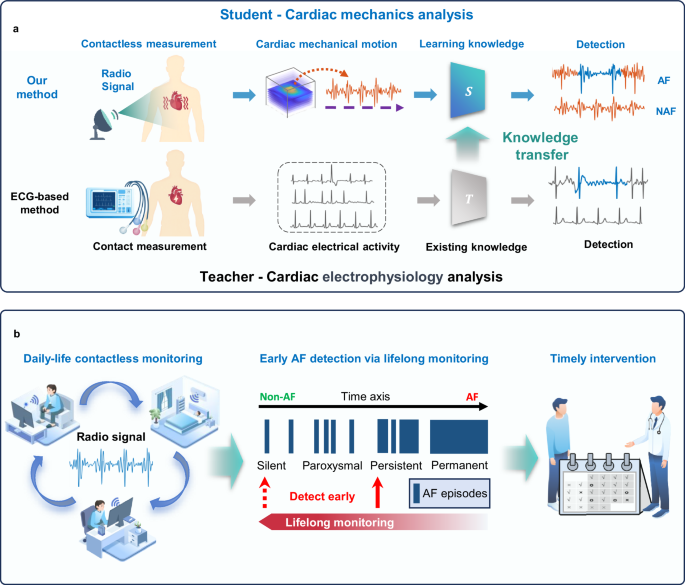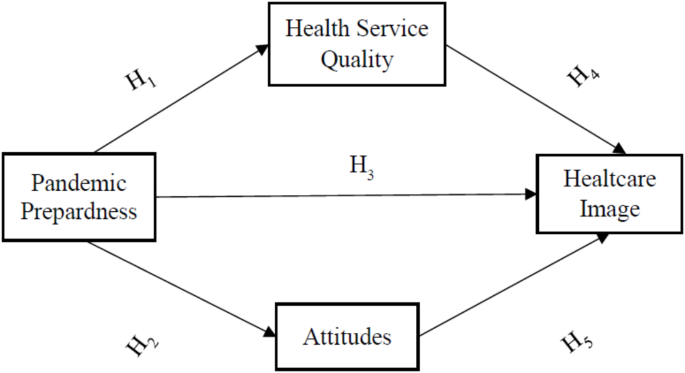Everyone Is Talking About Human-Centric AI. What Do They Mean?
Human and robot hands forming a heart shape together. AI and human collaboration concept.
gettyGenerative AI research is flowing in fast, with recent reports from BetterUp and others exploring the more human-centric side of AI. But “human-centric” feels like the next big buzzword in the future of work space. Does it mean using AI to better understand the human condition? Is it to better help people learn and create to ease the time and cognitive load at work? Or is it the other way around — where AI is taking people's thoughts and input to create products? “Both of those directions are part of what I think about when I say ‘human-centric’ AI,” says Andrew Reece, Chief AI Scientist of BetterUp. BetterUp offers personalized coaching and training for both individuals and organizations.
“I get the most joy out of thinking about people problems but then leveraging this incredible machine intelligence to watch the patterns that we don’t always see ourselves to learn more about us,” says Reece. A unique application of this approach is how BetterUp used AI to better understand the hallmarks of a great conversation.
“When I started at BetterUp, there wasn’t a requirement to tie our research back into the product, but we are doing so now. For example, you could say that what BetterUp has traditionally done is selling good conversations. When we realized that we didn’t really know what makes for a good conversation, we had strangers meet up and have short conversations with each other about whatever topic they wanted. Once we had 1,000 hours or so of conversations, I built all the algorithms to start looking at the different things that you and I are doing right now in this conversation.” His point was that it’s not just the words that we’re saying that make up a conversation, but other non-verbal cues such as nodding and smiling, how voices align, the length of pauses, and so forth. AI can spot those nuances, catalog them, and feed them back to make a stronger product.
“This incredible pattern-matching kind of intelligence can come in and identify the magic sauce that's happening when two people are connecting. And then we've translated that into coaching space,” says Reece. This is a fantastic example of using AI to help us better understand fundamental human tendencies and translate them into a business product.
Another great example of how to lean into the human-centric side of AI is with classic therapy. “A lot of people find they get a little skittish about talking with people, but that they're actually able to be more vulnerable and more open when they're talking with their AI buddy,” says Reece.
It’s about attitude and mindset. “We found that there are two very distinct camps of how people, especially employees, are using AI in this sort of modern LLM style. The pilots are the people who are using AI as a foil to become more creative and to think about the art of the possible. Pilots have more optimism at work, more self-efficacy, and a sense of agency. The passengers, on the other hand, are really using AI to figure out how to do less work,” says Reece. According to the research, 72% of the workforce identify as passengers.
While doing less work is an acceptable goal, BetterUp’s research found that, over time, passengers started abdicating their capacity for critical thinking. Over time, Reece predicts that employers will start looking for the pilot mindset and the skills of innovation, creativity, and originality that come with it. Reece then asks, “Aren’t those traits the last bastion of truly human capacity?”
That’s a big question, which leads to other big questions about what employers will do with the new capacity unlocked. “What are we really doing with these tools? How do they become not just another way to absorb our time? With any new technology, there’s this big wave and then suddenly it changes our culture. But we still get to be the arbiters of how it is that we want to be people,” says Reece. For example, the BetterUp report found that employees strongly prefer a human manager for motivation, feedback, and coaching on non-technical skills. That leaves AI to handle administrative managerial tasks.
What are Reece’s parting thoughts on human-centric AI? “The message of AI is that it is casting a light on where AI isn’t. Leaning more into our humanity is the only thing that’s going to get us through these messy times.”










